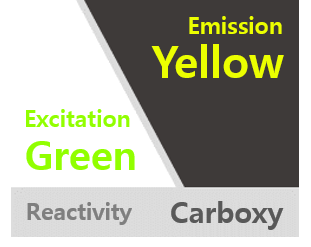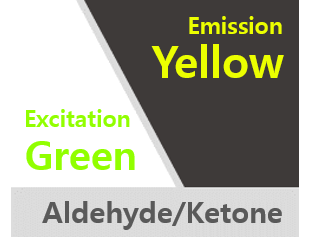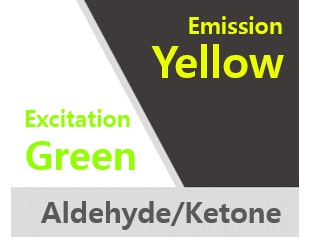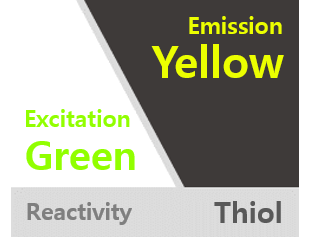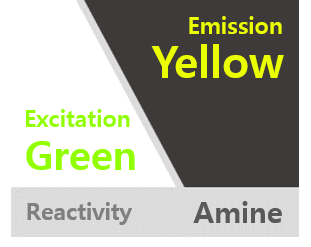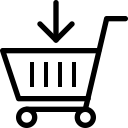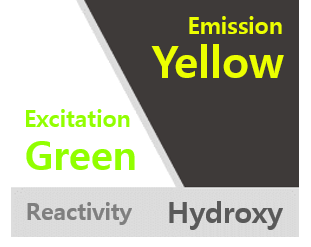
TAMRA Hydrazide
| PACKING UNIT | price |
Lead time |
|---|---|---|
| 1 mg | $121.00 | |
| 5 mg | $287.00 | |
| 25 mg | $569.00 |
Description
TAMRA Hydrazide is a reactive form of bright yellow dye that used to generate a stable fluorescence signal in bioimaging. The maxima of Ex/Em values are at 544/576 nm, similar to that of DyLight 549, ATTO 550 and Cy 3. TAMRA might be excited using 543 or 546 nm laser line and displays good optical property. Hydrazides can label aldehyde and ketone through reductive amination reaction to form an imine linkage. The main labeling target for hydrazides are free reducing sugars on biomolecules, and prior to conjugation, primary and secondary alcohols on polysaccharide and glycoprotein are usually oxidized to aldehyde and ketone. We offer TAMRA hydrazide for labeling of polysaccharide, glycoprotein and other biomolecules bearing aldehyde or ketone.
Citation & Reference
1. Hong H, Highly efficient site-specific protein modification using tyrosinase from streptomyces avermitilis: Structural insight. International Journal of Biological Macromolecules. 2024 Jan;255:128313.
2. Wu C, Investigation into the mechanism of action of the antimicrobial peptide epilancin 15x. Frontiers in Microbiology. 2023 Nov 2;14.
3. Troy A. Walton. Evaluation of New Linkers and Synthetic Methods for Internal Modified Oligonucleotides. Bioconjugate Chem 13.5 (2002): 1155-1158.
4. Matthew H. Lyttle. A Tetramethyl Rhodamine (Tamra) Phosphoramidite Facilitates Solid-Phase-Supported Synthesis of 5‘-Tamra DNA. J. Org. Chem 65.26 (2000): 9033-9038.
OPTION
Total

 log
log My
My Contact
Contact


